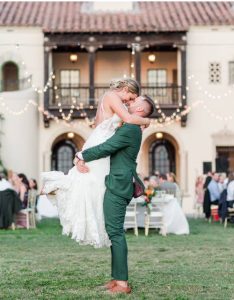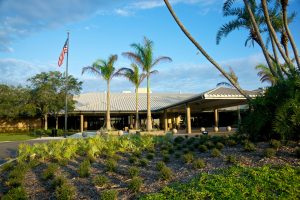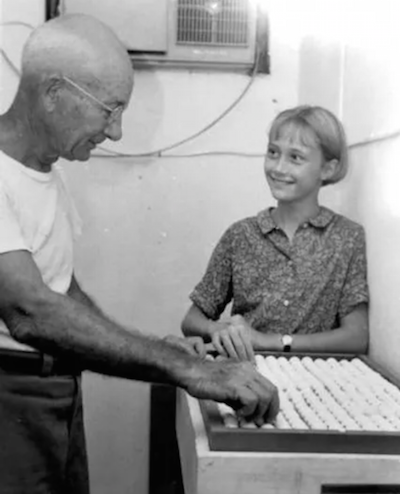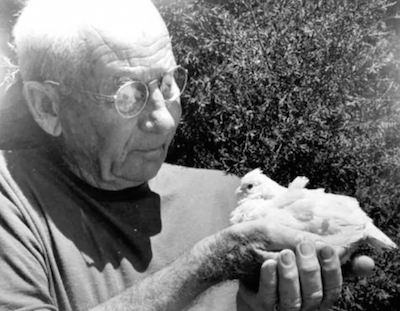For the Birds
For the Birds
Once upon a time, quail were once a Manatee County commodity. Today, there’s not even a few feather’s worth of the small bird anywhere in the area.What happened?
The story begins with Bentham (Ben) Richardson, who moved to Bradenton from South Carolina as a young child in 1909. Later he married Lillian Vowell, a Palmetto native. And in 1968, he started Richardson Quail Ranch with his son on a plot of land next to their home.
It was the perfect business for a man who didn’t care to be around too many people. The business kept him so busy that he didn’t have much time to socialize.
Ben and William bred their hens to the point that they were laying 20 or more eggs a month, which had to be collected three to four times a day.
The eggs went from the hens to cooler rooms, which were kept between 60 and 70 degrees, and had to be turned twice a day. From there, the eggs went to the incubator room, where 75 degrees was the standard. Approximately 4500 eggs could be kept there at a time.
After 20 days, the eggs were candled. Candling is necessary when you are artificially incubating eggs, allowing embryos to be seen inside the shell. After candling, the fertile eggs were put into hatchers.
Approximately 23 days later, the eggs hatched and the quail chicks were moved to the brooder room. Here, the birds huddled together in large boxes that held 250 of them.
Ben had a way with the birds. Richardson Quail Ranch had a mortality rate of less than 5%, much lower than the 50% rate across the state.
The quail were taught to exist in the wild by being put into isolated flying pens where wild conditions were simulated and no humans were permitted. Quail spend most of their time on the ground, scratching at the soil to dig up food. Full-grown at six weeks, birds would be sold.
While the quail business was successful, it was also hard work. Though automation enabled the two men to run the ranch by themselves, it grew to a point where more help was necessary. It was difficult to find reliable, affordable help to assist them.
The Richardson’s eventually sold the ranch in the late 1970s. The property currently sits undeveloped, but in the twilight you can sometimes hear the distinctive call “bob-bob-white” drifting across the tall grass.







